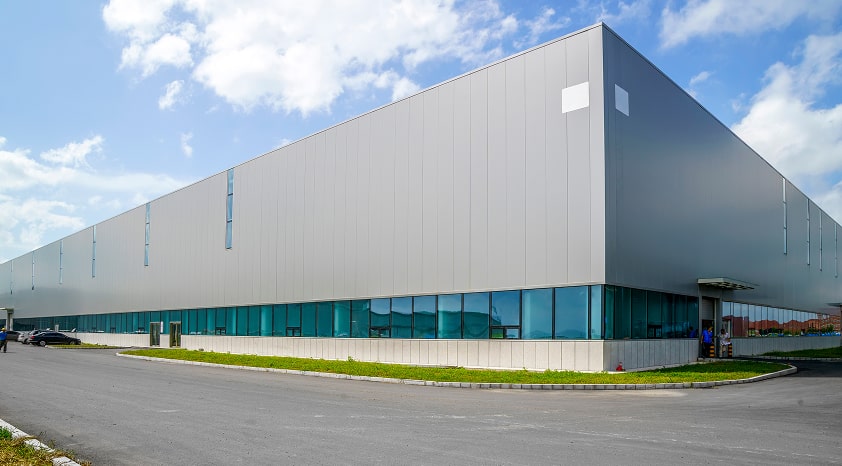In today’s ever-evolving world of work, one term continues to dominate boardroom conversations and HR strategy decks: hybrid work schedule.
Born out of necessity during the COVID-19 pandemic and refined through ongoing experimentation, the hybrid model has become the blueprint for how modern organizations operate. As businesses reopened physical offices, the one-size-fits-all approach to work—commuting five days a week—no longer made sense. Employees wanted flexibility. Employers wanted productivity and culture. The hybrid schedule emerged as the answer.
Now, hybrid work is more than a trend—it is a fundamental shift in how work is structured. It’s transforming offices, redefining team dynamics, and reshaping what “a day at work” really looks like. For companies aiming to attract top talent, reduce overhead, and boost employee satisfaction, understanding this model is not optional—it is essential.
What is a hybrid work schedule?
A hybrid work schedule is a modern work arrangement that allows employees to split their time between working remotely and being present in a physical office. It combines the independence and flexibility of remote work with the structure and collaboration benefits of in-person interactions.
This approach is not about abandoning the office or going fully remote—it’s about designing work around outcomes rather than locations. On some days, employees may work from home, focusing on deep, individual tasks in a distraction-free environment. On others, they might head to the office to brainstorm with colleagues, attend team meetings, or simply reconnect with workplace culture.
Hybrid work schedules can be fixed or flexible. Some companies assign specific in-office days, while others let teams or individuals decide when and where they work best. At its core, the hybrid work model aims to strike the right balance—enabling autonomy without isolation, and collaboration without burnout.
Key characteristics of a hybrid work schedule
While every company may define hybrid work slightly differently, most hybrid work schedules share a few core characteristics. These traits help organizations design flexible systems that work for both the business and its people:
- Dual work modes: Employees divide their time between working remotely (usually from home) and working from a designated office location.
- Structured or flexible schedules: Some models define fixed in-office days, while others allow employees to choose when they come in.
- Task-based location decisions: Deep-focus work is often done remotely, while collaborative or creative tasks are scheduled for in-person days.
- Technology-enabled coordination: Digital tools support scheduling, communication, and productivity regardless of where employees are located.
- Equity and inclusion considerations: Well-structured hybrid models ensure that remote employees have the same access to opportunities, meetings, and information as their in-office peers.
Ultimately, a hybrid work schedule is designed to balance employee autonomy with the benefits of face-to-face collaboration, ensuring that neither flexibility nor teamwork is compromised.
Types of hybrid work schedules
There is no single formula for hybrid work success. The “right” hybrid model varies depending on an organization’s size, culture, industry, and employee needs. Here are the most common types of hybrid schedules used today:

Benefits of a hybrid work schedule
A well-structured hybrid work schedule is not only a perk—it is a performance multiplier. By merging the best of in-office and remote environments, it delivers tangible benefits for both employees and employers.
1. Work-life balance and flexibility
One of the most celebrated advantages of hybrid work is the freedom it offers. Employees can tailor their schedules around peak productivity hours, personal responsibilities, or even daily routines. Skipping the commute on remote days frees up time for family, fitness, or focused work—leading to a healthier and more balanced lifestyle.
2. Increased productivity
When employees have the autonomy to choose their work environment, they’re more likely to deliver better outcomes. Remote days allow for deep, uninterrupted work, while in-office days provide space for collaboration and brainstorming. The result? Higher engagement and output, without the burnout.
3. Better employee retention
Hybrid work schedules appeal to today’s workforce—especially millennials and Gen Z—who prioritize flexibility and autonomy. For working parents, caregivers, or employees with long commutes, hybrid work can be a game-changer. Organizations that embrace this model often see lower attrition rates and higher employee satisfaction, reducing the costly churn of talent.
4. Cost savings for employers
Fewer people in the office each day means lower operational expenses. Companies can downsize real estate, reduce utility bills, and optimize office space through hot desking or shared workstations. In the long run, this can translate into significant savings without sacrificing performance.
5. Cultural and team cohesion
Contrary to popular belief, hybrid work doesn't dilute company culture—it can enrich it. In-office days create opportunities for bonding, mentorship, and collaboration. When planned with intention, these touchpoints help maintain a strong organizational culture while still respecting employees' need for flexibility.
Best practices for hybrid work schedule
Successfully rolling out a hybrid work schedule requires more than simply deciding who works from where. It demands thoughtful planning, open communication, and the right tools. Here are the key best practices to guide a smooth and sustainable implementation:
1. Set clear goals
Before introducing a hybrid model, organizations must define why they’re adopting it. Is the aim to reduce real estate costs? Boost employee satisfaction? Attract remote talent? Having a clear objective ensures that your hybrid strategy aligns with larger business priorities and provides a benchmark to measure success.
2. Involve employees in the design
A top-down approach rarely works when it comes to hybrid scheduling. Survey your employees, hold focus groups, or run pilot programs to understand their needs and preferences. Involving people in the process builds trust, ensures relevance, and improves adoption across departments.
3. Transparent communication of policies
Clarity is everything. Employees need to know when they’re expected in the office, what flexibility they have, and how performance will be measured. Document your hybrid policies clearly and make them easily accessible. Consistent communication helps avoid confusion and perceptions of unfairness.
4. Leverage tools for collaboration and scheduling
Technology is the backbone of any hybrid model. Use platforms that facilitate seamless communication (like Slack or Microsoft Teams), shared calendars, project management tools, and desk-booking systems. The goal is to remove friction, so teams can collaborate effortlessly, whether they’re across the hall or the city.
Smart tools that power a hybrid work schedule
Implementing a hybrid work schedule is more than just policies—it is about giving employees the tools to make flexibility work in real life.
One essential solution is a desk booking system that allows employees to:
- Reserve desks in advance on days they choose to work from the office.
- Check real-time availability to avoid overcrowding or wasted space.
- Coordinate presence with their teammates for smoother collaboration.
- Access intuitive floor maps to choose preferred workstations or zones.
When combined with other smart workplace tools like meeting room scheduling and visitor management, this creates a seamless, stress-free hybrid experience for everyone, from employees to office managers.
Frequently asked questions (FAQs)
Conclusion
Hybrid work is not just a middle ground between remote and in-office work—it is a strategic evolution in how we define productivity, engagement, and workplace culture.
By blending autonomy with collaboration, hybrid work schedules empower employees to do their best work while staying connected to their teams. But to truly unlock the hybrid model’s full potential, companies must implement it with purpose, clarity, and empathy. For organizations navigating the future of work, now is the time to evaluate, design, or refine your hybrid work strategy—because flexibility is no longer a perk; it's a prerequisite.
Ready to embrace the hybrid future?
If you are looking to transition your workplace into a flexible, future-ready environment, now is the time to act. No matter whether you are refining your current policy or building a hybrid work strategy from the ground up, having the right tools and frameworks in place makes all the difference.
Schedule a free demo today!





































.avif)
.avif)





